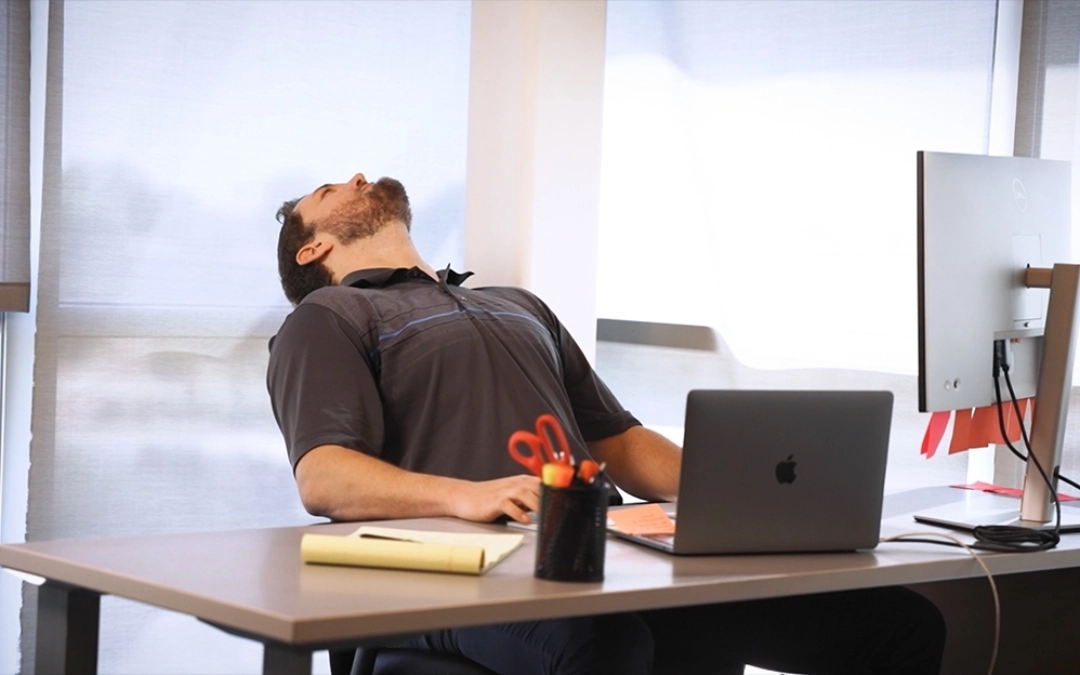By: Robbie Horstman, PT, DPT
You may have read or heard “sitting is the new smoking.” And, while that saying isn’t entirely wrong, it’s not entirely right either.
What happens when you sit for too long?
Sitting inherently uses less energy than standing or walking. When you sit for a long period of time– think hours– your blood flow slows down since your resting heart rate is lower. Without proper movement or exercise to balance out this sedentary period, many negative side effects can occur, including:
- Stress on your spine and other joints,
- A decrease of available nutrition to your joints,
- The build-up of fatty acids in the blood vessels,
- Heart disease,
- Blood clots,
- Elevated blood sugar,
- Type II diabetes, and
- Obesity.
Sitting Compared to Smoking
The adverse effects of sitting and smoking are shockingly similar. While sitting does not lead to cancer as smoking does, they both share heart disease, diabetes, and stroke as health effects.
In summary, sitting is not the new smoking, but inactivity has negative effects on your health. Sitting may not be the equivalent to smoking, but its negative health risks should not be overlooked.
3 Solutions
Sitting isn’t inherently bad. It allows us to rest and recover from workouts or unwind after a long day. However, elongated periods of sitting need to be addressed for global health. Here are 4 ways we can work to keep you healthier and less at risk from the effects of sitting.
- Change up how you are sitting! It’s okay to use various positions throughout the day, and it has been shown that changing sitting positions is healthy. Keeping your muscles active through leg movements has been shown to improve sitting-related pain and blood sugar levels.1
- Break up a long sit every 30 minutes to an hour with movement. Stand up, stretch out, and take a quick walk.
- Incorporate 1 hour of exercise into your daily routine. Most studies that reported on the health risks of sitting found that many adults who sit for long periods of time do not exercise. Getting more movement in through whatever activity you love doing– whether that be walking, running, lifting, or playing your favorite sport– can help you move and feel your best.
- Swap sitting with standing! Whether you’re at work or at home, try to get on your feet more to get your blood flowing!
How Movement Plus Can Help You
Movement Plus provides a revolutionary way to access our clinical expertise. Our Movement Plus Member Therapist is dedicated to helping you establish, navigate, and achieve your movement goals- and the member therapist is available to you daily via the mobile app. When you have a question or a problem, reach out so we can work together to find solutions to help you move and feel your best!
If you are trying to move more and want to understand how to incorporate healthy movement safely into your routine, contact the Movement Plus team today!
Resources:
Pettit-Mee RJ, Ready ST, Padilla J, Kanaley JA. Leg Fidgeting During Prolonged Sitting Improves Postprandial Glycemic Control in People with Obesity. Obesity (Silver Spring). 2021;29(7):1146-1154. doi:10.1002/oby.23173

